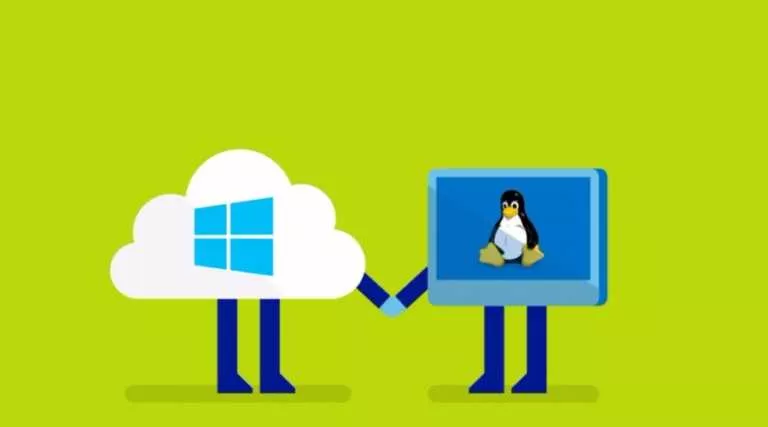

Windows running inside of a VM or container. Today this technology is limited to Windows guests, i.e. GPU-PV is now a foundational part of Windows and is used in scenarios like Windows Defender Application Guard, the Windows Sandbox or the Hololens 2 emulator.

This technology is referred to as WDDM GPU Paravirtualization, or GPU-PV for short. This technology is integrated into WDDM (Windows Display Driver Model) and all WDDMv2.5 or later drivers have native support for GPU virtualization. Over the last few Windows releases, we have been busy developing client GPU virtualization technology. The purpose of this blog is to give you a glimpse of how this support is achieved and how the various pieces fit together. In response to popular demand, these Linux applications and tools can now benefit from GPU acceleration. If you are a developer working on containerized workload that will be deployed in the cloud inside of Linux containers, you can develop and test these workloads locally on your Windows PC using the same native Linux tools you are accustomed to.

What is WSL? WSL is an environment in which users can run their Linux applications from the comfort of their Windows PC. DirectX is coming to the Windows Subsystem for LinuxĪt //build 2020 we announced that GPU hardware acceleration is coming to the Windows Subsystem for Linux 2 (WSL 2).


 0 kommentar(er)
0 kommentar(er)
